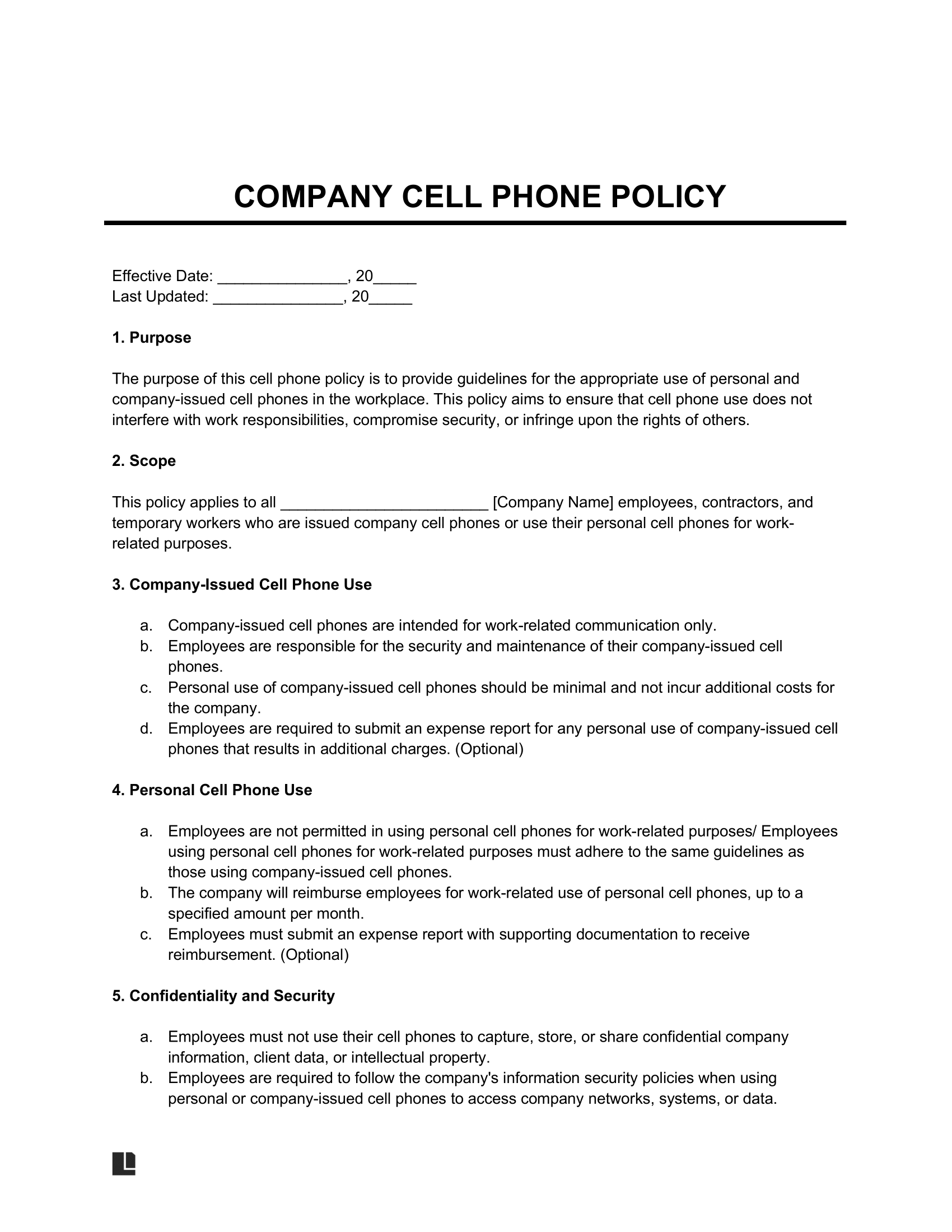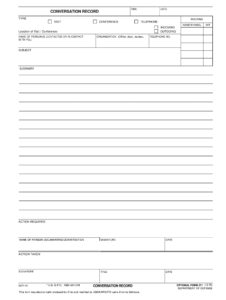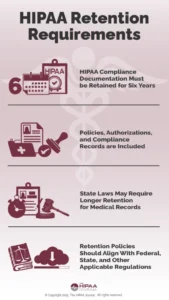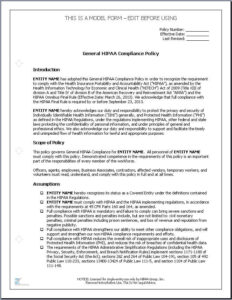In today’s fast-paced business world, mobile phones are practically an extension of our professional lives. Employees often use their personal devices for work-related tasks, or they might be provided with company-owned cell phones. This blurring of lines can lead to misunderstandings about usage, costs, security, and expectations, which can become a headache for both employers and employees.
To prevent confusion and maintain a clear understanding, a well-defined policy is essential. This is where an employee cell phone contract template becomes an invaluable tool. It acts as a formal agreement, setting clear boundaries and responsibilities, ensuring everyone is on the same page regarding mobile device usage in the workplace.

Why Your Business Needs an Employee Cell Phone Policy
Implementing a comprehensive employee cell phone policy might seem like an extra layer of bureaucracy, but it is a fundamental step towards protecting your business and ensuring operational efficiency. Without clear guidelines, companies risk encountering a myriad of issues, from security breaches to unexpected costs and even legal disputes. A well-crafted policy provides a framework for responsible device usage, whether the device is company-issued or personally owned but used for work.
One of the most critical aspects an employee cell phone contract addresses is data security. In an era where sensitive company information is frequently accessed and stored on mobile devices, the risk of data compromise due to lost phones, theft, or malware is significant. A clear policy outlines protocols for password protection, remote wiping capabilities, and reporting procedures for lost or stolen devices, safeguarding your intellectual property and client data.
Beyond security, these policies are crucial for managing costs. If employees are using personal phones for business, how are reimbursements handled? What happens if they exceed data limits on a company plan while traveling internationally? A policy clarifies who is responsible for what expenses, outlining reimbursement procedures for business calls, data usage, or even device purchase, preventing disputes and unexpected financial burdens for either party.
Furthermore, a robust policy contributes to a more productive work environment. It can specify acceptable usage during work hours, helping to minimize distractions from personal calls or social media. From a legal standpoint, having a documented policy provides a layer of protection in cases of employee misconduct or disputes involving company data accessed via a mobile device. It sets expectations and potential consequences for non-compliance.
Ultimately, a detailed employee cell phone contract template brings clarity and professionalism to an area that often lacks formal structure. It communicates your company’s expectations regarding device usage, data security, and financial responsibilities, fostering an environment of trust and mutual understanding. This proactive approach helps to mitigate risks and ensures that mobile technology serves as an asset rather than a liability to your business operations.
Key Elements to Include in Your Policy
- Device Ownership: Clearly state whether the device is company-owned or personally owned (BYOD – Bring Your Own Device).
- Usage Guidelines: Define acceptable use for business and personal purposes, including prohibited activities.
- Data Security Protocols: Outline requirements for passwords, encryption, data backup, and reporting lost or stolen devices.
- Expense Reimbursement: Detail procedures for reimbursing business-related mobile expenses for personal devices.
- Monitoring and Privacy: Explain if and how company-issued devices might be monitored, clarifying employee privacy expectations.
- Acknowledgment and Agreement: Include a section for the employee to sign, indicating they have read, understood, and agree to abide by the terms.
Crafting an Effective Employee Cell Phone Contract Template
Creating an effective employee cell phone contract template requires careful consideration of your company’s specific needs, industry regulations, and legal landscape. It is not a one-size-fits-all document, and simply downloading a generic template might not provide the comprehensive coverage your business requires. The goal is to develop a clear, concise, and enforceable document that protects the company while also being fair and understandable to employees.
Start by assessing the different ways mobile devices are used within your organization. Do most employees use company-issued phones, or is a BYOD policy more prevalent? Are certain roles, like sales or field service, more reliant on mobile communication? Understanding these dynamics will help you tailor clauses related to device provision, acceptable use, and reimbursement policies. The more specific your policy is to your operational reality, the more effective it will be.
It is highly recommended to have any draft employee cell phone contract reviewed by legal counsel. Labor laws and privacy regulations vary by location and can impact how you structure clauses related to monitoring, data access, and device retrieval upon termination. A legal review ensures your policy is compliant and enforceable, minimizing potential legal challenges down the line. This step is crucial for protecting your business from unforeseen liabilities.
Consider common pain points or areas of ambiguity that could arise. For instance, clearly define what constitutes “excessive personal use” on a company device or what happens if an employee incurs international roaming charges without prior approval. Addressing these scenarios proactively within the template reduces the likelihood of future disputes and provides a clear reference point for both management and staff.
Once your employee cell phone contract template is finalized, ensure it is properly communicated to all employees. Introduce the policy through a clear onboarding process for new hires and provide refresher training or communications for existing staff. It is not enough to simply have the document; employees must understand its contents and their responsibilities. Regular review and updates, perhaps annually or when significant technological or organizational changes occur, will keep the policy relevant and effective.


